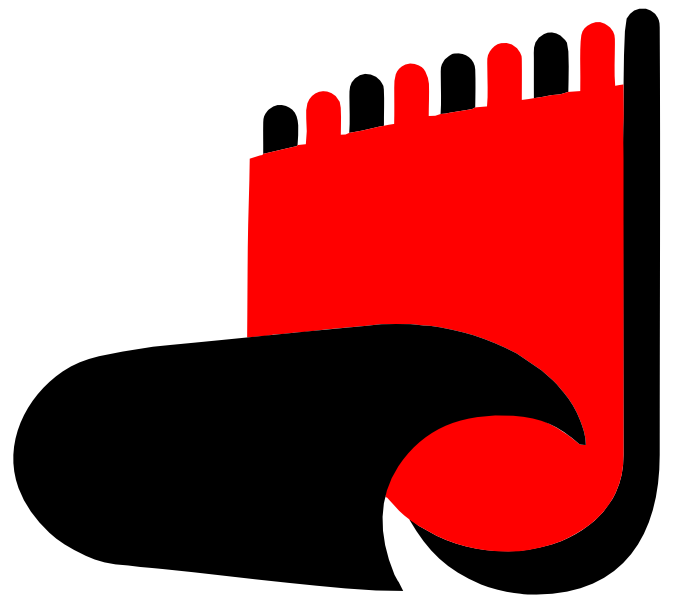Special sale of carpet

carpetnrugs
Persuan Handmade Rugs
One of the specialized services of Carpet Rugs is the detailed assessment and expertise of old hand-woven carpets in terms of quality and health, for the satisfaction and assurance of the esteemed buyers of hand-woven carpets.
The evaluation steps are as follows:
In the last stage, after careful examination of the above items, the carpet will be issued as a guarantee of valuation (price) and a special certificate of identification of the carpet.
